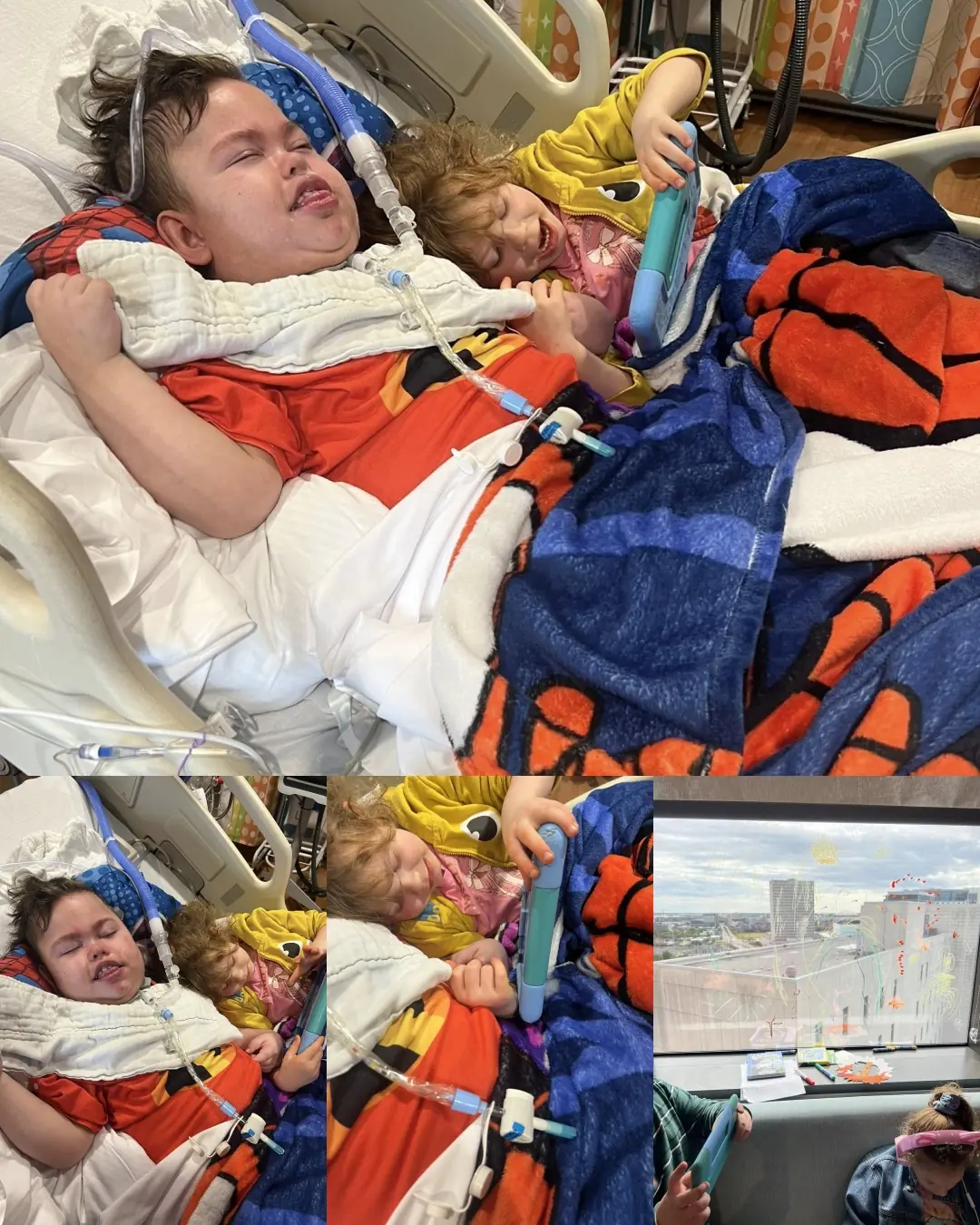
Silent Symptoms of Anemia You Should Never Ignore

Anemia occurs when your body doesn’t produce enough healthy red blood cells to carry oxygen efficiently to your tissues and organs. Without sufficient oxygen, your body’s cells can’t function optimally—leading to a range of symptoms that are often mistaken for everyday fatigue, stress, or simply “getting older.”
Though anemia may begin mildly, leaving it untreated can cause serious complications, including heart problems and cognitive decline. Below are 12 subtle yet significant symptoms of anemia you should never ignore—and understanding them early could make all the difference in your health.
1. Constant Fatigue
Even after a full night’s rest, you may feel persistently tired or mentally drained. This exhaustion stems from your body’s struggle to deliver enough oxygen to your muscles and brain. You might notice you tire easily during activities that once felt effortless, such as walking briskly, exercising, or even focusing on work tasks.
2. Pale or Yellowish Skin
Check your complexion in natural light—particularly your face, lips, inner eyelids, and nail beds. A pale, dull, or slightly yellow tone often indicates a low red blood cell count. In people with darker skin tones, this sign may appear as a grayish or ashen hue rather than traditional paleness.
3. Shortness of Breath
If you find yourself out of breath after light physical activity—or even when speaking for long periods—it may be due to oxygen deprivation. Your lungs and heart work harder to compensate for reduced oxygen in your bloodstream, leading to faster breathing and a sense of breathlessness.
4. Dizziness or Lightheadedness
An insufficient oxygen supply to the brain can cause dizziness, lightheadedness, or unsteadiness, especially when standing up too quickly. In severe cases, anemia can even result in fainting spells, which should always be evaluated by a doctor.
5. Cold Hands and Feet
When oxygen is limited, the body prioritizes vital organs like the brain and heart, diverting blood away from your extremities. The result is poor circulation, which makes your hands and feet feel unusually cold—even in warm environments.
6. Frequent Headaches
Recurring headaches or migraines can also point to anemia. The brain’s blood vessels may expand in an effort to increase oxygen flow, causing pain or a throbbing sensation. Some people describe it as a “pressure” headache that doesn’t respond well to typical painkillers.
7. Heart Palpitations
If your heart feels like it’s racing, fluttering, or skipping beats, it may be working overtime to circulate oxygen-rich blood. Over time, this extra strain can lead to irregular heart rhythms or worsen preexisting heart conditions.
8. Chest Pain
In moderate to severe anemia, the heart’s oxygen supply can become critically low. This may cause tightness, pressure, or chest pain—especially during physical exertion. Anyone experiencing these symptoms should seek medical attention immediately.
9. Brittle Nails or Hair Loss
When the body lacks nutrients and oxygen, it diverts resources away from nonessential areas such as your hair and nails. As a result, your nails may become thin, brittle, or spoon-shaped, and your hair might shed more than usual.
10. Strange Cravings (Pica)
Craving or chewing on non-food items—like ice, dirt, clay, or starch—is a telltale sign of iron deficiency anemia. This condition, known as pica, often subsides once iron levels are restored through diet or supplements.
11. Restless Legs Syndrome (RLS)
Anemia, especially iron deficiency anemia, is strongly linked to restless legs syndrome—a condition that causes tingling, crawling, or itching sensations in the legs, usually at night. It can interfere with sleep and leave you feeling exhausted the next day.
12. Poor Appetite
A reduced interest in food, particularly among children, can be an early warning sign of anemia. Over time, this lack of appetite may contribute to slowed growth, nutritional deficiencies, and developmental delays.
When to See a Doctor
If you recognize several of these symptoms, it’s important to speak with a healthcare provider. Anemia can arise from various causes, including:
-
Iron, vitamin B12, or folate deficiency
-
Chronic illnesses such as kidney disease, cancer, or autoimmune disorders
-
Bone marrow diseases
-
Heavy menstrual bleeding or internal blood loss
A simple blood test measuring hemoglobin and iron levels can quickly confirm the diagnosis and guide treatment.
Treatment and Prevention
Treatment depends on the specific type and cause of anemia. The most common form—iron deficiency anemia—is usually treated with a combination of:
-
Iron-rich foods: red meat, spinach, lentils, beans, eggs, and iron-fortified cereals
-
Iron supplements: taken under medical supervision
-
Vitamin C: found in citrus fruits, tomatoes, and bell peppers, to boost iron absorption
Other types of anemia may require vitamin B12 or folate supplements, hormone therapy, or even blood transfusions in severe cases. Lifestyle adjustments—like a balanced diet, adequate hydration, and routine checkups—can also help prevent recurrence.
Final Thoughts
Anemia often develops quietly and progresses gradually, but its impact on your body and mind can be profound. Paying attention to early warning signs—such as persistent fatigue, pale skin, or cold extremities—can lead to faster diagnosis and better health outcomes.
Your body speaks in subtle ways. Don’t ignore its signals. With timely medical care and proper nutrition, anemia is both manageable and reversible, helping you regain your energy, focus, and overall sense of well-being.
News in the same category


POPULAR SHAMPOO URGENTLY RECALLED BECAUSE IT CONTAINS BACTERIA THAT KILLS UP TO ONE IN TEN PATIENTS

Nurse who's witnessed 'so many deaths' explains spine-chilling moment she realised 'what happens after we die'
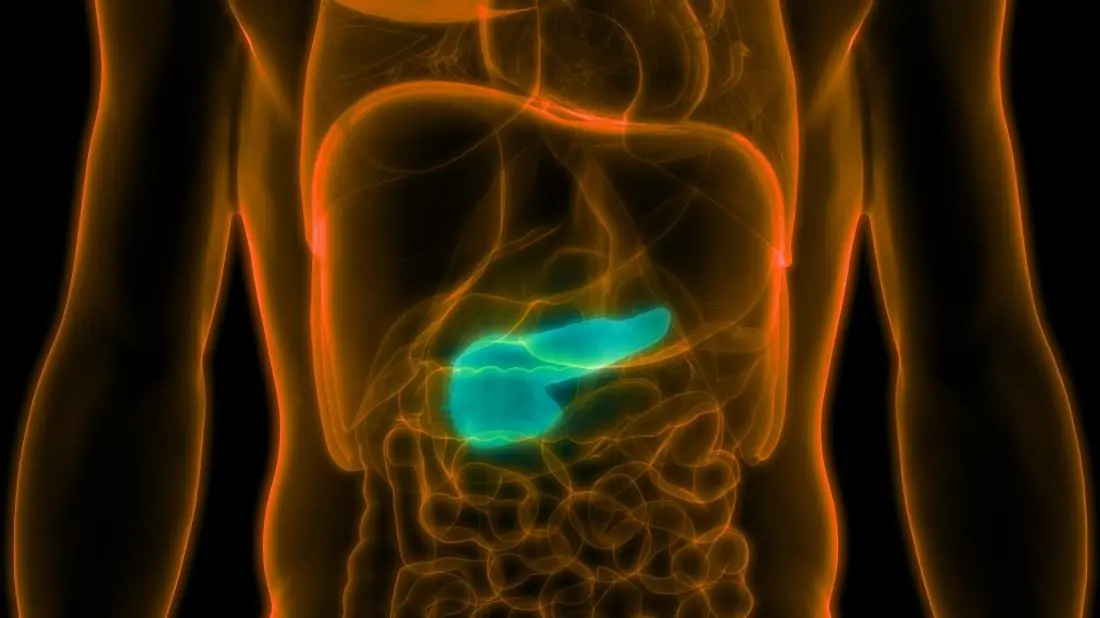
The influenza flu virus is being used to cure pancreatic cancer

Eye Doctor Reveals What To Do If You Start Seeing ‘Floaters’
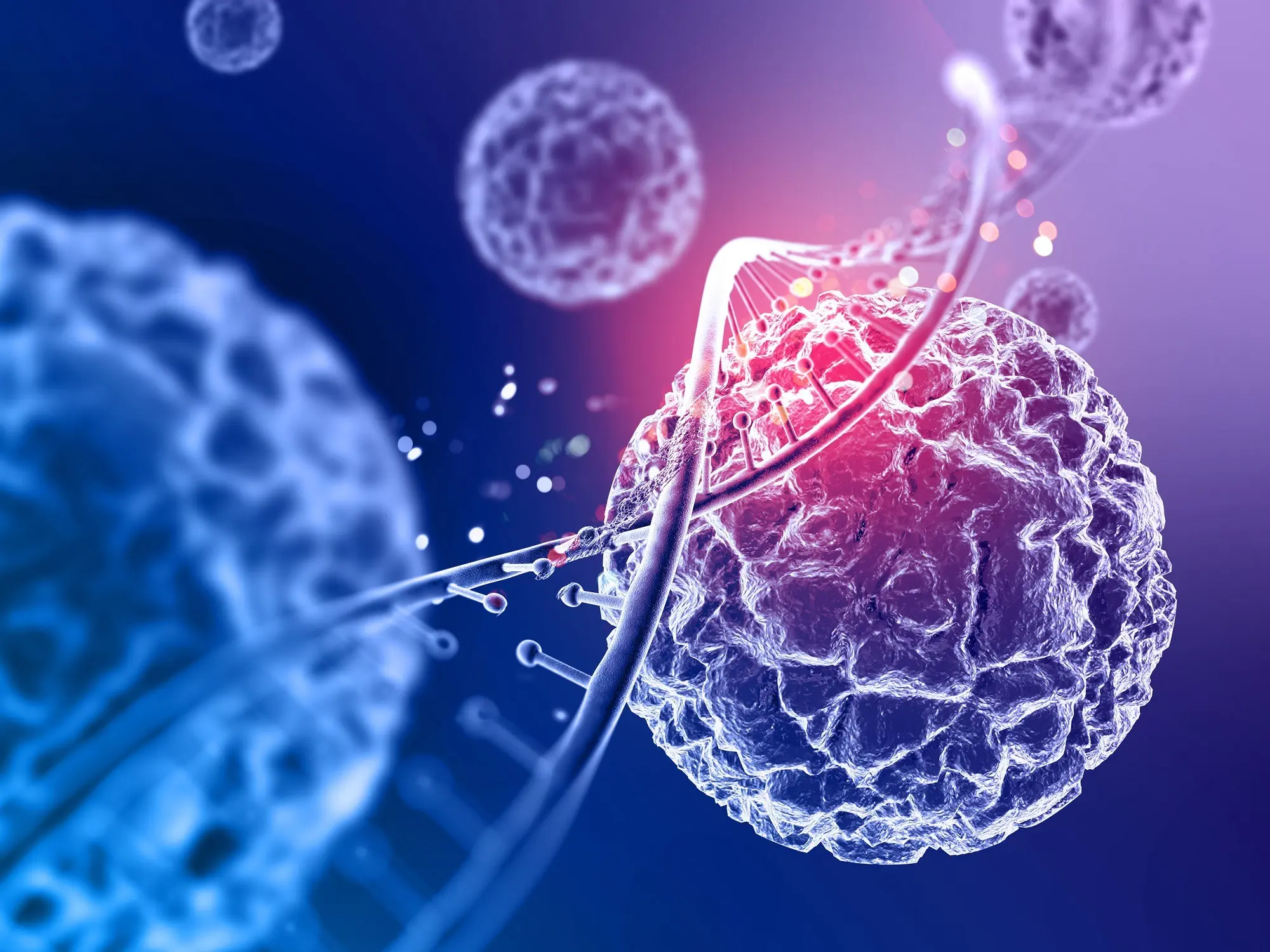
If cancer cells are present in the body, these 3 symptoms often appear in the morning everyone should pay attention

3 foods you thought were bad for diabetes (but aren’t!)
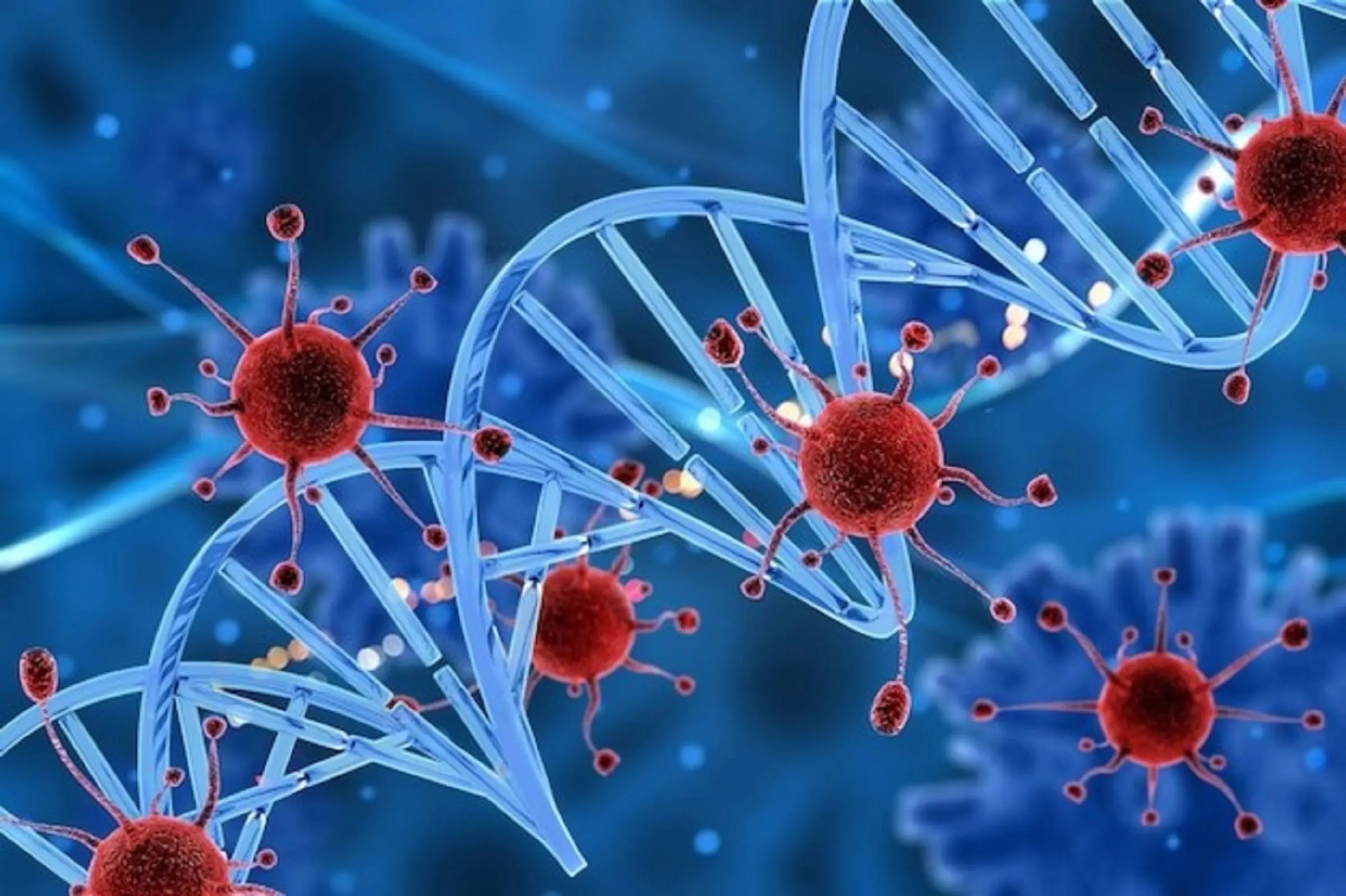
CANCER IS PAINLESS AT FIRST, BIT IF YOU SEE THESE 8 SIGNS WHEN GOING TO THE TOILET, YOU SHOULD SEE A DOCTOR IMMEDIATELY
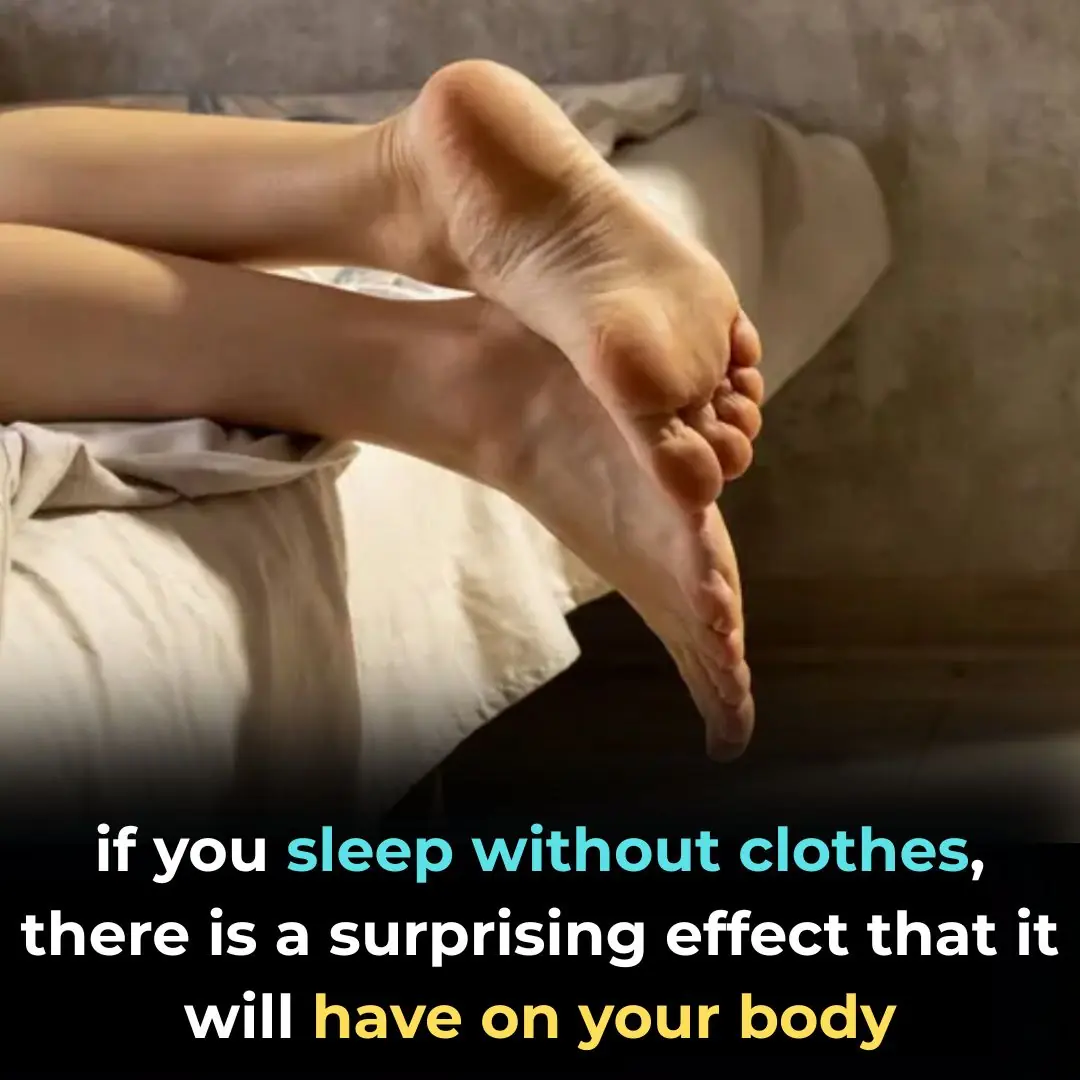
Sleeping Naked: 8 Surprising Benefits

What Happens To Your Skin When You Rub An Ice Cube On Your Face

🤢 The Real Causes of Constant Phlegm and Mucus in Throat — And How to Get Rid of It

The Tennis Ball Trick That Can Relieve Back, Neck Or Knee Pain In Seconds
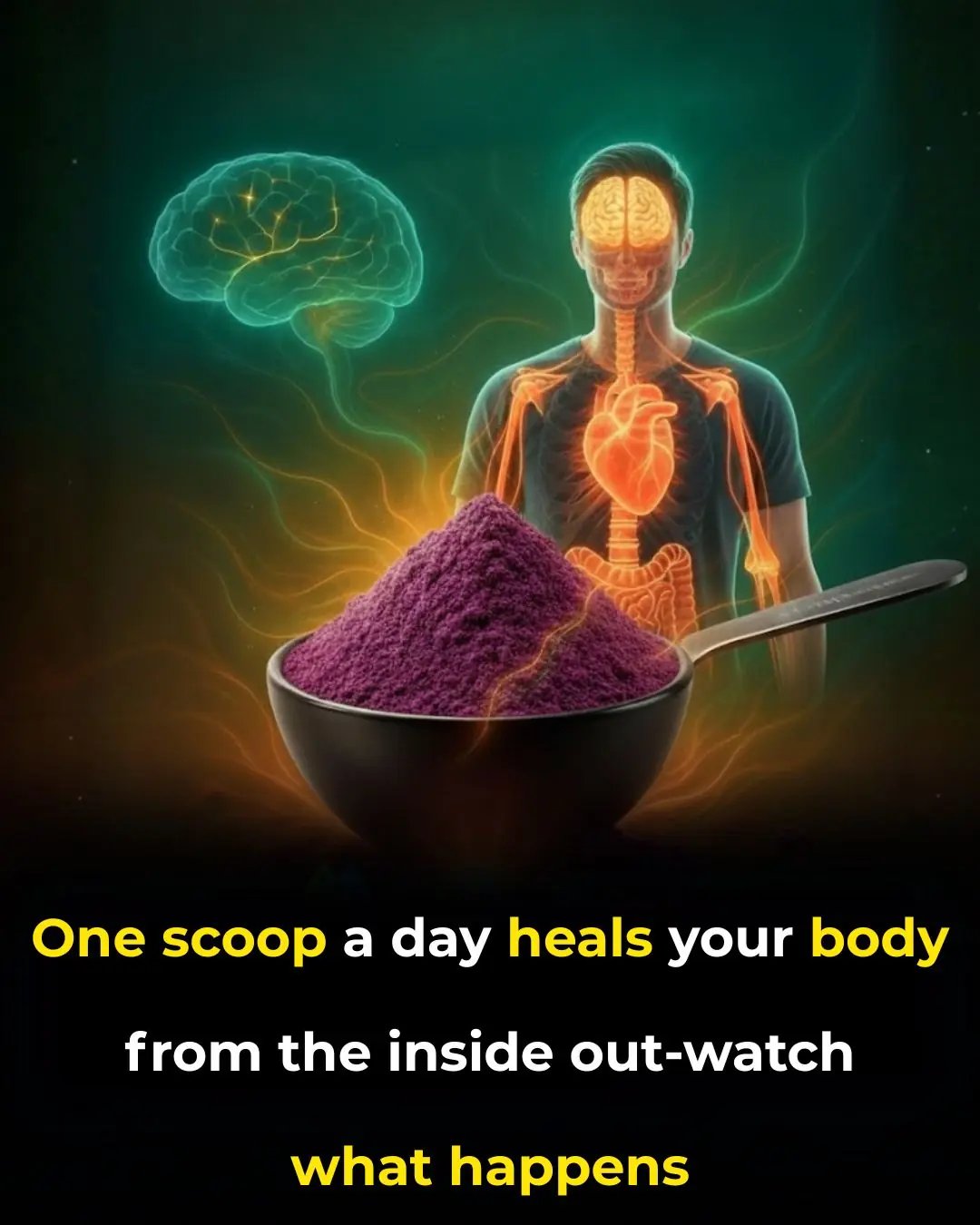
One scoop a day heals your body from the inside out — watch what happens
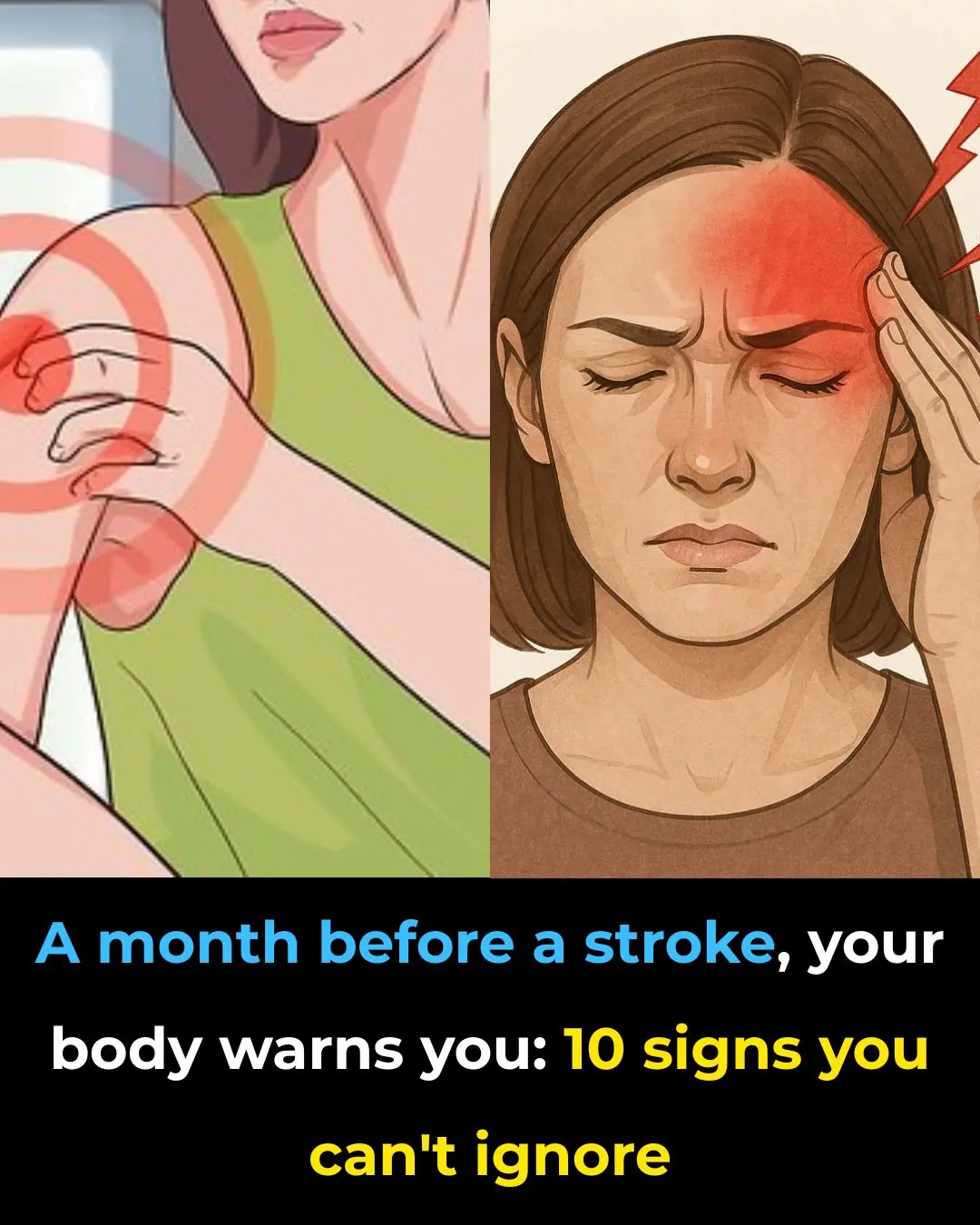
🧠 A Stroke Can Happen Suddenly — But Your Body Might Send Early Warnings (Know the Signs)
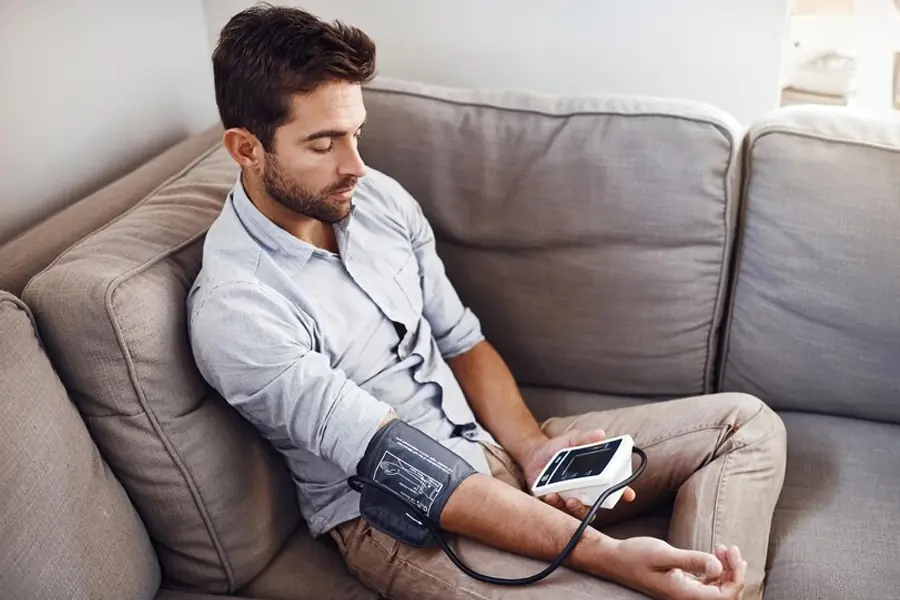
Are You Being Lied To About What Your Blood Pressure Should Be? — Read This Before You “Chase the Number”
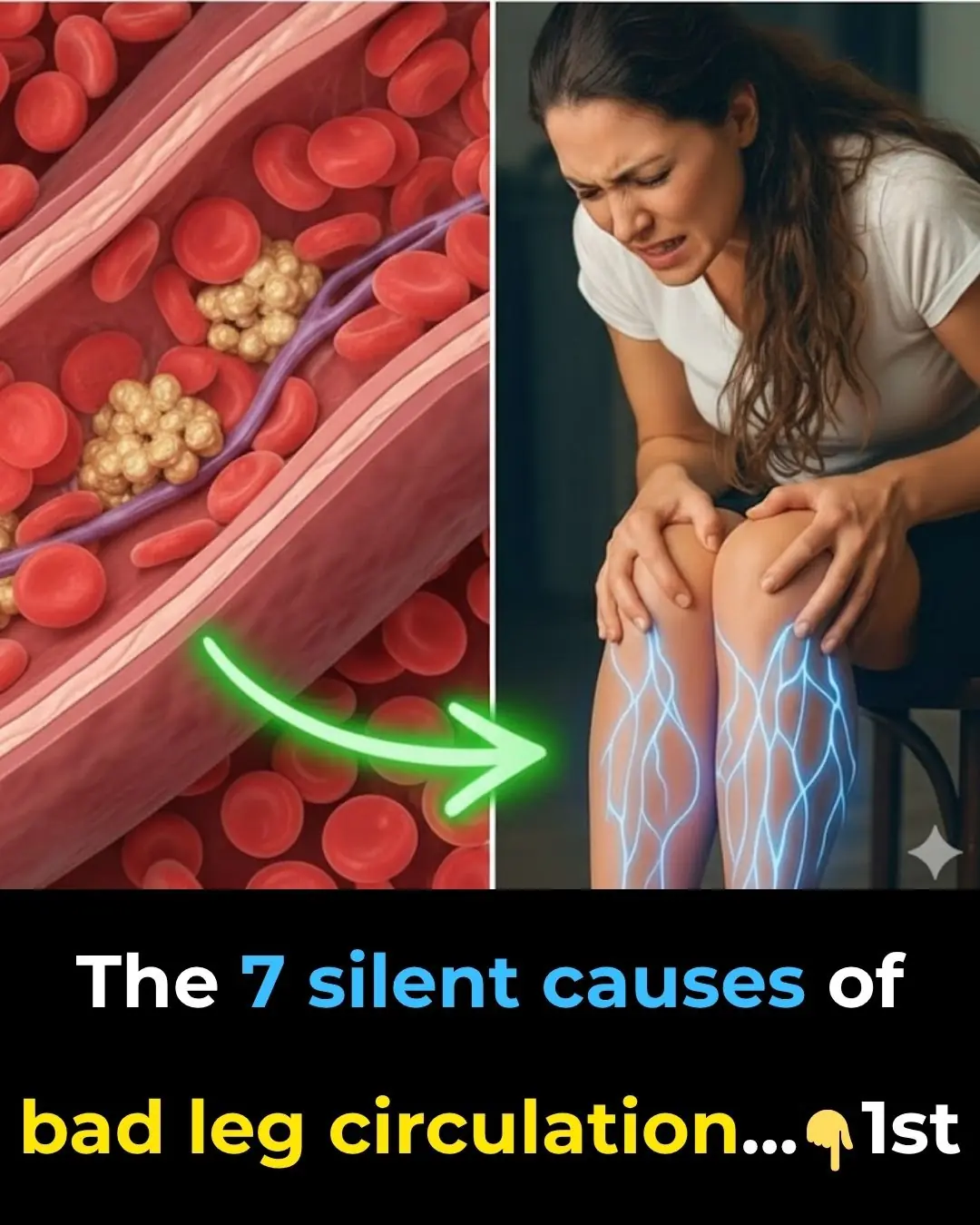
The 7 silent causes of bad leg circulation
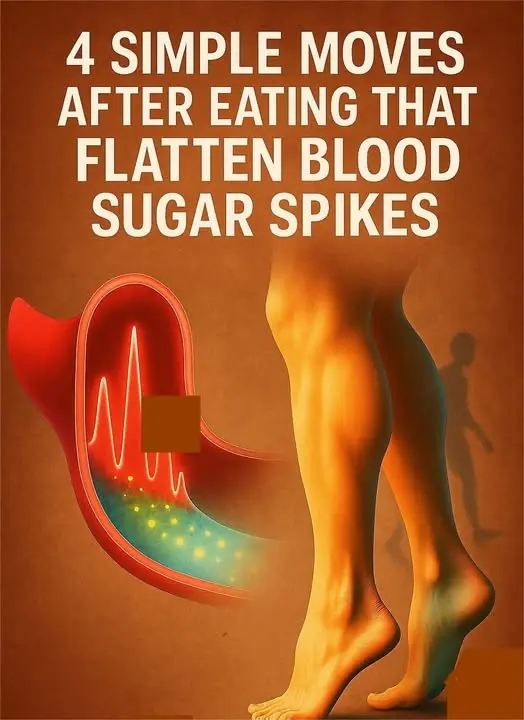
4 simple moves after eating that flatten blood sugar spikes

This Miraculous Drink Will Work Wonders for Your Thyroid
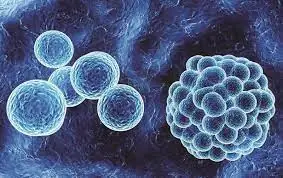
This Starves Colon Cancer Cells — and Strengthens Your Body’s Natural Defenses
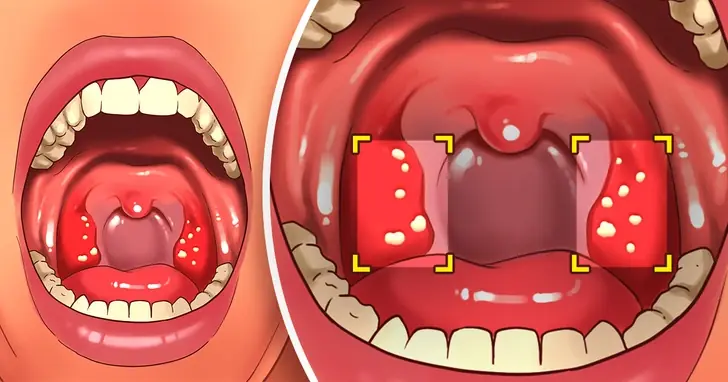
10 Warning Signs You Might Be Gluten Intolerant
News Post
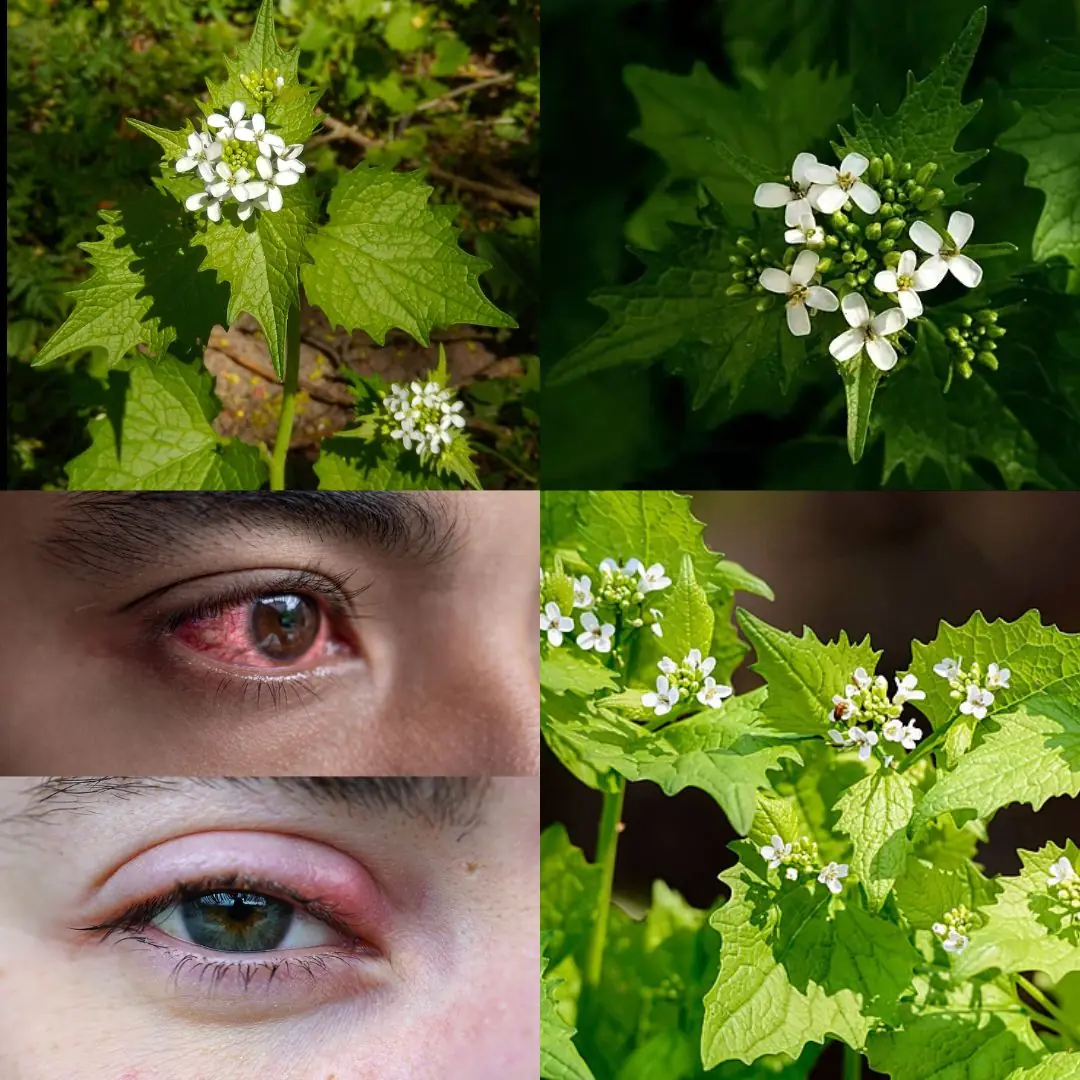
Garlic Mustard: The Overlooked Herb That Can Boost Your Health — Especially Your Eyes

SHOCKING NEW STUDY REVEALS WHAT MIGHT BE SILENTLY DESTROYING HUMAN FERTILITY

POPULAR SHAMPOO URGENTLY RECALLED BECAUSE IT CONTAINS BACTERIA THAT KILLS UP TO ONE IN TEN PATIENTS

How to Store Chili Peppers So They Stay Fresh, Juicy, and Flavorful for Months

Nurse who's witnessed 'so many deaths' explains spine-chilling moment she realised 'what happens after we die'

You’re doing it all wrong. Here’s the right way to store eggs

The influenza flu virus is being used to cure pancreatic cancer

The reasons why public toilet doors don't touch the ground.

Eye Doctor Reveals What To Do If You Start Seeing ‘Floaters’

The Baby Hippo Who Just Wanted to Be Left Alone.

The Chimpanzee and the Lion Cub: A Love Beyond Species.

🍃 17 Reasons to Drink Guava Leaf Tea Twice a Week

If cancer cells are present in the body, these 3 symptoms often appear in the morning everyone should pay attention

The Night the Bear Knocked at the Door.

🥤 The Rejuvenating Smoothie That Makes You Look 20 Years Younger 🌿

A Love That Shaped a Legend: Robert Redford and Lola Van Wagenen.

Firefighter’s Final Rescue Saves Ten Souls

Rex: The Police Dog Who Gave His Life to Protect His Best Friend

3 foods you thought were bad for diabetes (but aren’t!)
